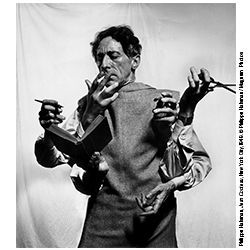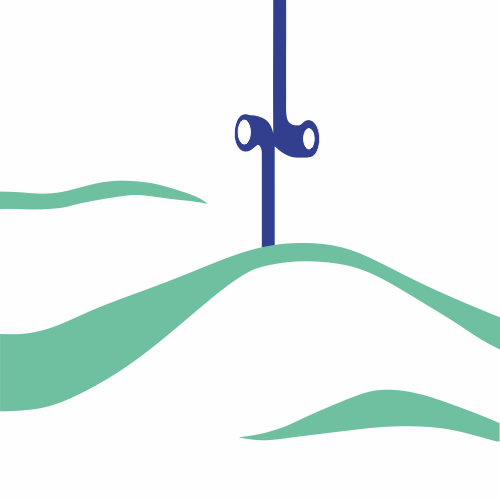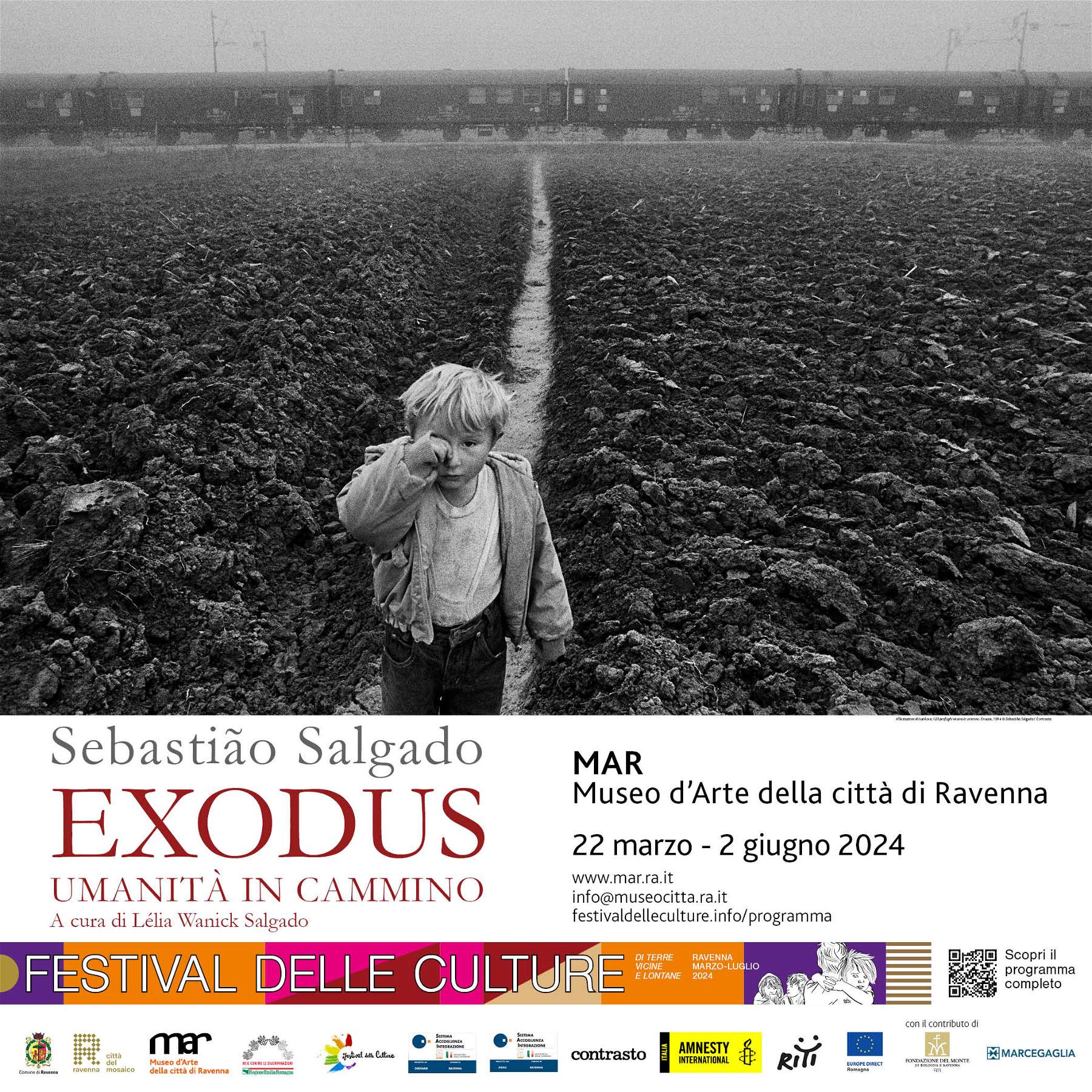The yÅkai, the supernatural creatures of Japanese folklore, arrive in Rome
Make way, let through THE PARADE OF THE YÅŒKAI: Supernatural Creatures from Japan: this is the title of the exhibition created by The Japan Foundation traveling the world, and now making a stop at the Institute of Japanese Culture in Rome. The exhibition, curated by Yumoto KÅichi, in collaboration with Yumoto Koichi Memorial JAPAN YOKAI MUSEUM(Miyoshi Mononoke Museum), presents Japanese yÅkai culture coming to the present day through scroll paintings and prints-brocade nishiki-e in the first place, and then translating into different media, such as toys or films. Japanese yÅkai also appear in countless tales, ad hoc characters to express supernatural forces, to provoke surprise or instill fear. With the passage of centuries and the development of modern society, yÅkai seem to have lost their initial horrific allure in favor of a more reassuring image. Japan still possesses strong interest, however, in kaidan, tales of ghosts and stories of the supernatural, especially in the summer, when yÅkai rage on TV and in theaters throughout the country. THE YÅŒKAI PARADE places emphasis on popularizing the universe of monsters-spooks&co, inviting international audiences to venture out and explore the depths of Japan’s all-time horror imagery. The title is inspired by the classic theme of the same name in yÅkai iconography, the oldest example of which has come down to us is the Muromachi-era (1336-1573) scroll painting attributed to Tosa Mitsunobu.
The exhibition features 4 sections/chapters, as well as in-depth columns and side stories.
Chapter 1. THE SPECTACULAR UNIVERSE OF YÅŒKAI PAINTING ON R OLLS YÅkai-themed painted scrolls on washi paper-sometimes more than ten meters long-are a clear example of how much the world of supernatural creatures has fascinated, and continues to fascinate, the Japanese public and others. One of the best known is the Hyakki YagyÅ emaki, the painting on scroll THE NIGHT PARADE OF A HUNDRED DEMONS. As the title suggests, a multitude of monsters are depicted in their vital and flamboyant world, which offers itself to a thousand digressions and categorizations. In addition to products of earlier important eras such as the Hyakki YagyÅ emaki, different new yÅkai-themed scroll paintings appear during theEdo period. There are many works: from humorous ones depicting the creatures with human likenesses and habits-marriage, birth, and more-to picture-book-like products with pages devoted to each individual monster. There are also examples of scrolls inspired by local legends, some signed by established artists, others of not considerable value. The variety and quantity of works produced is evidence of the vast proliferation of yÅkai scrolls during the Edo period.
Chapter 2: THE ULTRACOLORED WORLD OF YÅŒKAI The development of publishing culture induced by advances in Edo-era woodcut techniques brought benefits to daily life in areas such as education and entertainment. In the same years,Europe experiences the beginning of a new era at the dawn of the Industrial Revolution and the French Revolution, while the Qing dynasty creaks from internecine wars and the Asian advance of European powers. The development of printing techniques greatly influenced yÅkai culture, which moved out of the confines of hand-painting and experienced the diffusive vastness of endless reproduction of copies. Printing: cheap, simple, affordable. Consequences: demand grows and the culture of the supernatural becomes very familiar to the Japanese. In particular, colorful prints-brocade nishiki-e capture the hearts of people who make increasing demand for yÅkai nishikie, the production of which only expands demand. Prints of comical, satirical creatures and spectres circulate, all colorful, all responsible for promoting yÅkai to the next level in the Japanese imagination of the mysterious.
Chapter 3: YÅŒKAI AND GAMES The yÅkai, originally considered a source of fear and disquiet certainly do not evoke an immediate association with games and playful activities. Although not exactly connectable therefore, yÅkai and games are closely related during the Edo period, so much so that a new progeny of monsters emerged. Large metropolises such as Edo and Osaka take shape, and their development is accompanied by boundless demand for print products. Especially in vogue at the time are romance novels and works of fiction illustrated in woodcut print. Mass phenomena then, not difficult to decline into yÅkai, ever closer to the lives of the people who avidly enjoy them via print. The direct consequence is that the Japanese are no longer so frightened by the monstrous creatures of the night, but begin to regard them as familiar presences, even objects of affection, which inevitably leads to a new, friendly and reassuring image. Hence, winking monsters appear on sugoroku, a Japanese chess game, on karuta cards and ukiyoe game prints called omochae, and other games that gradually garner more and more favor among younger children. Sugoroku is played with dice, and yÅkai are depicted on the surface on which their throwing occurs, an unthinkable gesture if these were considered anxiety-provoking elements. In the case of the menko, however, the monsters appear on circular or rectangular cards thrown on the ground, proving that the image-and imagery-of yÅkai had undergone drastic changes.
Chapter 4: TODAY’S YÅŒKAI During theMeiji era, when Western culture penetrated Japan overbearingly, yÅkai became the object of academic study. Buddhist philosopher Inoue EnryÅ provides a scientific explanation for the belief in yÅkai, framing them within the discipline of yÅkaigaku, to elevate the subject from the mere superstitious realm. In addition to him, folklore scholar Yanagita Kunio proposes an approach to the subject through inquiry and research into the thinking of the Japanese and the underlying cultural substratum of the yÅkai’s emergence. Yanagita’s approach is still valid in the present day; after all, the spread of the image of non-scary monsters in the Edo period had paid off, and the amount of gadgets and items of yÅkai scope liked by children come to include super-cheap toys and sweets of all made. During World War II yÅkai were abandoned as unnecessary, but soon afterward they knew new notoriety. They appear in manga, anime, electronic games, and all the media that technology has offered mankind in recent decades. Not only for children, but for everyone, and even abroad: the yÅkai parade proceeds unstoppably, conquering generations and countries.
For all information, you can visit the official website of theJapanese Cultural Institute.
Pictured: Amabie from the sea of Higo province, 1846, replica 2020. Ph. credit: Main Library, Kyoto University
 |
| The yÅkai, the supernatural creatures of Japanese folklore, arrive in Rome |
Warning: the translation into English of the original Italian article was created using automatic tools. We undertake to review all articles, but we do not guarantee the total absence of inaccuracies in the translation due to the program. You can find the original by clicking on the ITA button. If you find any mistake,please contact us.




















